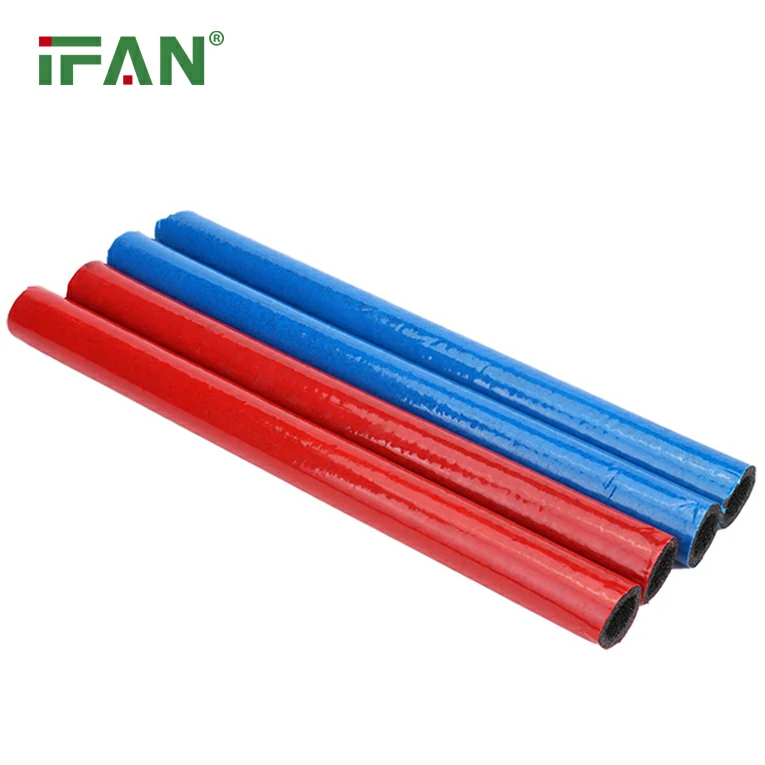The Intricacies of Brass Fittings Design
Brass fittings are essential components that are widely used in various industries such as plumbing, automotive, and construction. These fittings are known for their durability, corrosion resistance, and ease of installation. However, designing brass fittings is not as simple as it may seem. It requires precise calculations and attention to detail.
Material Selection
The first step in designing brass fittings is selecting the appropriate material. Brass is an alloy of copper and zinc, and different proportions of these elements can affect the properties of the final product. For instance, adding more zinc can improve the strength and machinability of the brass, but may decrease corrosion resistance. Therefore, the designer must consider the specific requirements of the application and choose the brass alloy accordingly

Geometry and Dimensions
Once the material is selected, the designer must determine the geometry and dimensions of the fitting. This involves analyzing the flow characteristics of the fluid or gas that will pass through the fitting, as well as the mating components. The designer must ensure that the fitting has the required strength and flexibility to withstand the loads and stresses it will experience during installation and use.
Manufacturing Processes
After the design is completed, the fitting must be manufactured. The method of manufacturing depends on the complexity of the design and the quantity required. For instance, simple fittings such as nipples and couplings can be made through machining, whereas more complex designs such as elbows and tees require casting or forging. The designer must also consider the cost-effectiveness of the manufacturing process and the availability of the required machinery and expertise.
Quality Control
Finally, the designer must ensure that the manufactured fittings meet the required standards and specifications. This involves testing the fittings for leaks, pressure resistance, and dimensions. The designer must also consider the environmental impact of the fittings and ensure that they are compliant with applicable regulations.
In conclusion, designing brass fittings is a complex and challenging task that requires a deep understanding of materials, geometry, manufacturing processes, and quality control. However, with careful consideration and attention to detail, designers can create fittings that meet the requirements of a wide range of applications and provide durable and reliable performance.







